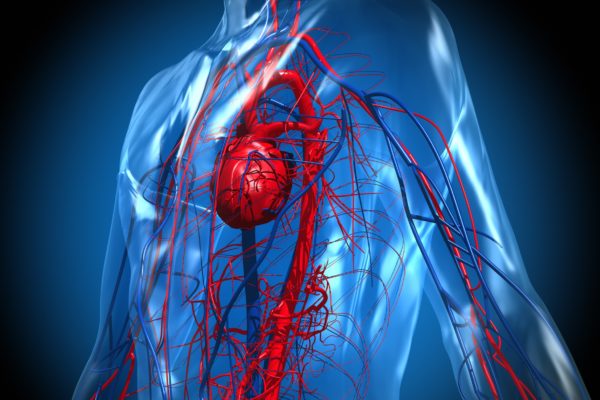
Facebook page on Von Hippel Lindau Belgium
Von Hippel-Lindau disease (VHL), also known as familial cerebello-retinal angiomatosis, is a rare genetic disorder. It is characterised by visceral cysts and benign tumours with potential for subsequent malignant transformation. The illness results from a mutation in the Von Hippel–Lindau tumour suppressor gene on chromosome 3p25.3. Symptoms can vary between patients and afflicted families.
Patients with VHL can develop the following tumours:
Some patients with VHL can develop benign growths in the inner ear or the adrenal medulla. Less frequent are tumours in the liver, spleen, lungs, bones, ovaries, uterus and skin.
The chance that a VHL patient develops a tumour depends on its location. There is a significant risk (60%) that they will get a hemangioblastoma in the cerebellum or spinal cord. In comparison, there is only a 10% chance of a tumour in the adrenal medulla.
In around 10% of all VHL patients the disease does not present itself at all. They still have the mutated DNA, but do not get any tumours or other symptoms.
VHL is a rare genetic disorder that affects around 1 in 40,000 people. The first tumours usually present themselves between the ages of 20 and 40. Around 20% of VHL cases are unrelated to family history and occur as a result of a spontaneous DNA mutation.
VHL does not present its own set of symptoms, because tumours can occur in different parts of the body. The symptoms a patient develops depend on the tumour location.
VHL is a genetic disorder caused by a DNA mutation in the VHL gene that regulates mitosis. It is known as a tumour-suppressing gene that plays a part in the production of a protein that maintains oxygen levels within cells. When this process is impaired, the body notices a lack of oxygen and responds by creating extra blood vessels.
VHL patients have received a damaged VHL gene from one of their parents. The other chromosome in the pair can still regulate the tumour-suppressing ability of the gene, but over time this ability can become compromised, and as a result tumours will develop. This is the case in 90% of all people with VHL disease.
The disease manifests itself in many different ways due to the many kinds of mutations that can occur in the healthy gene. In some cases, a patient will develop hemangioblastomas, in others cystadenomas may occur.
In 20% of patients the disease is the result of a spontaneous gene mutation. This occurs in the ovum or a sperm cell, or right after conception. Patients who contract VHL in this manner can pass the disease on to their children.
VHL patients can display a multitude of symptoms, depending on where tumours occur. A GP will examine the patient, and when they suspect cancer the patient will be referred to an oncologist.
Cancer can be suspected when a patient presents:
People with symptoms of VHL or who have VHL in the family can undergo a genetic examination, consisting of a physical exam, genetic research and possible DNA testing.
Since VHL is a genetic disorder, there is no cure for the disease. Treatment varies according to malignancy and location of the tumours. People with VHL are advised to undergo regular tests. The same applies to people who have VHL running in the family. These tests are performed annually and are meant to find tumours at an early stage. They will involve the following procedures:
These checks can be adjusted in accordance with the tumour types that occur within a certain family.
When the specialist has established the presence of a tumour, a treatment strategy will be decided on by a team of specialists. The nature of the treatment depends on the malignancy of the tumour and its location. If the tumour is cancerous, the stage of the cancer also becomes an important factor.
Benign growths are usually surgically removed. When surgery is not an option, for instance when a tumour occurs in the brain, radiotherapy is used as an alternative.
Furthermore, targeted therapy is an evolving area of research in relation to VHL. The appropriate class of drug in this setting depends on the types of tumour the patient presents with. Angiogenesis inhibitors and mTOR inhibitors are active therapeutic areas of research in relation to VHL.






